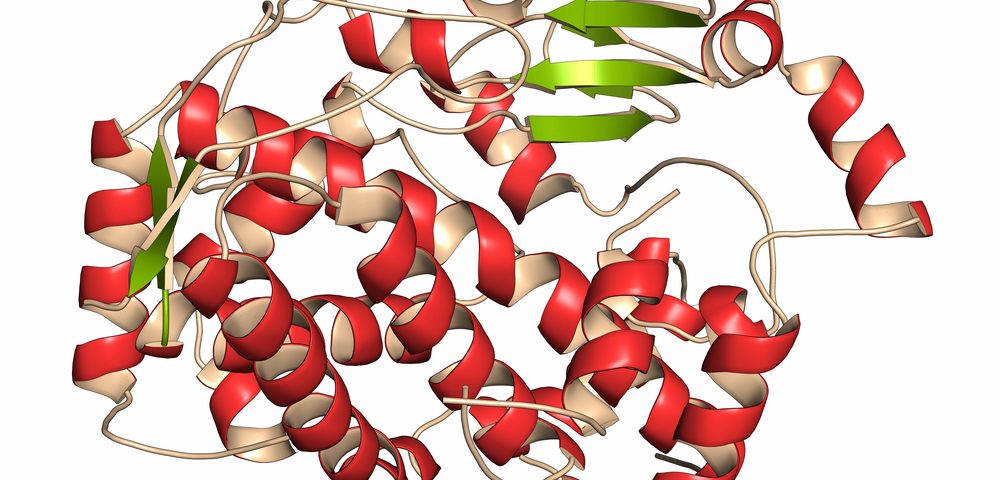Italian researchers have gained novel insight into molecules that contribute to the pathology of breast cancer, which can be used to design selective and effective anticancer drugs that help fight off this disease.
Their study, “Single or Multiple Access Channels to the CYP450s Active Site? An Answer from Free Energy Simulations of the Human Aromatase Enzyme,” appeared in The Journal of Physical Chemistry Letters.
A group of enzymes called cytochromes P450 (CYP450s) — especially CYP19A1 (also called aromatase) and CYP17A1 — are key clinical targets for breast cancer therapies, since this disease increases their expression.
“We have known for a long time that these enzymes are characterized by a hidden active site, which can be reached through several of grueling access channels whose real function is not yet known,” Alessandra Magistrato, the study’s first author, said in a news release. “We chose aromatase as a prototype of the cytochrome P450 family and compared the access paths of two molecules differing in shape, size and hydrophobicity – i.e. the tendency to interact with water.”
By studying aromatase, a key enzyme in estrogen synthesis, researchers at the Italian National Research Council (CNR) in Trieste and the International School for Advances Studies determined how molecules that interact with this enzyme access its core region. This could help researchers design drugs that “copy” the same mechanism to inhibit aromatase.
“Through classical molecular dynamics simulations, which allow us to study the evolution of the processes at an atomistic level, we were able to identify and characterize, from an energetic point of view, the preferential access paths of the two molecules to reach the enzyme [core] site,” added Magistrato, noting that when these molecules bind to the enzyme, they trigger large structural rearrangements.
Aromatase is structurally similar to CYP450s, which suggests that such molecular findings may be common to the entire enzymatic family.
More computational studies are needed to understand other critical parameters of enzyme activation and predict how drugs can inhibit its activity, thereby halting its contribution to the pathology of breast cancer. These results, she said, “cannot be directly observed experimentally, but are crucial for developing more selective and effective drugs.”

